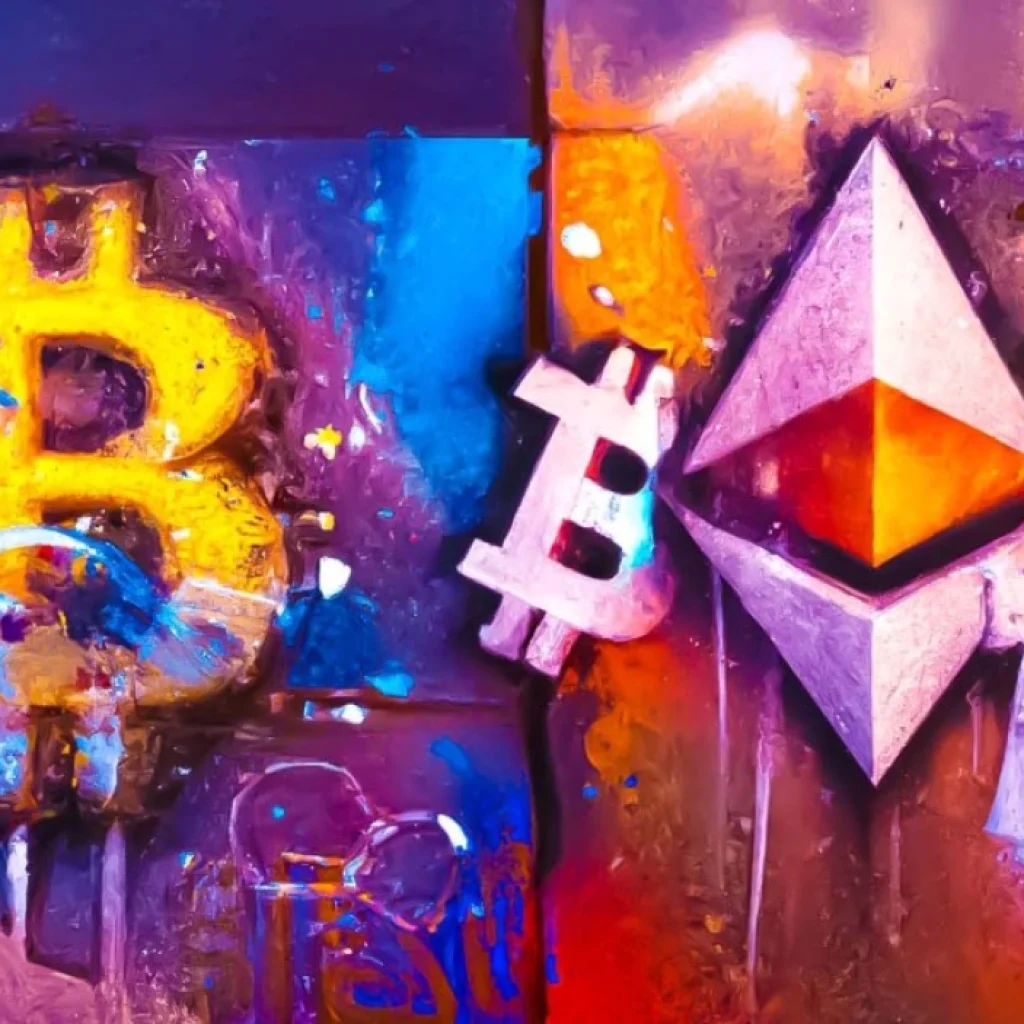Solana Foundation has released its network performance report showing that it has had a 100% uptime since February, a major improvement compared to last year’s outages. The network was only down for approximately 19 hours in February. The foundation notes that it has improved the network in the first half of 2023, which they measured and analyzed through uptime and the ratio of non-voting-to-voting transactions.
Solana’s network has improved immensely
Solana has experienced stability and uptime challenges in the past, which its co-founder Anatoly Yakovenko has previously referred to as a “curse” but claimed the network’s inexpensive transactions were to blame for the outages.
Network interruptions are never desirable, but they are necessary for any scalable network’s learning process, according to Dan Albert, executive director of the Solana Foundation. Teams from the ecosystem and core engineers have collaborated to draw lessons from these events. For instance, during the first part of the year, stability and dependability were top priorities for network enhancements, leading to various changes to the fundamental network software upgrade process.
According to the foundation’s report, the network is now better equipped to handle excessive traffic, which predicted a successful launch of the Mad Lads mint. Even if the debut was a success for the blockchain, the NFT project was subject to DDOS attacks and claimed extortion threats.
NFT state compression, blockchain’s solution to discovering new methods to cram more garments into an already packed bag, is another development mentioned in the report. The foundation asserts that it has developed a technique for storing data on-chain that reduces costs by “orders of magnitude”; as a result, minting 100 million NFTs on Solana now costs 50 SOL ($1,300).
In the foundation’s report, it was also made clear that a sizable team of impartial validators worldwide continues to manage the network. In addition, it stated that it is one of the most advanced proof-of-stake blockchains in the world and one of the most decentralized.
The performance and throughput of the network was also gauged in terms of transactions per second (TPS), according to the report. Since January, Solana’s maximum daily TPS has increased significantly, rising in tandem with fresh network enhancements. According to Dune Analytics, the current rate on the network is 3,777 transactions per second.
Solana has been working on the pain points
In a podcast interview last year, Solana co-founder Anatoly Yakovenko stated that outages were the biggest challenge for them and were the number one priority for the network.
Other issues have developed since then. SOL was labeled a security last month by the Securities and Exchange Commission (SEC) in a lawsuit. After the news spread, the native coin of the blockchain, SOL, was particularly heavily impacted and its market cap fell by 9% after legal papers surfaced.
The Solana Foundation, according to Albert, disagrees with this description and welcomes the continued involvement of policymakers as constructive partners on regulation in establishing legal clarity on these issues for the thousands of business owners operating in the digital assets sector across the United States.
Meanwhile, NFT sales on the secondary market fell by 41.5%. Research from CoinGecko claims Solana saw a 78.6% drop in trade volumes as significant collections moved to other blockchains, strengthening Ethereum’s supremacy. However, Albert revealed he wasn’t too concerned about this, saying that as NFTs are still new and fluctuations are to be expected along with new breakthroughs.





